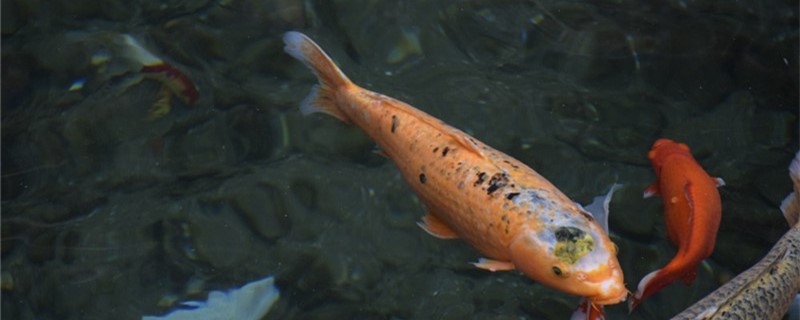
The water will be changed after a week when the tank is newly opened. Some people will worry that the digestive system is still being established, and whether changing water will lead to the reduction of nitrifying bacteria and affect the cultivation behind. But the core point of fish farming is fish, not nitrifying bacteria, if the water quality is not good and causes fish to get sick, then the loss outweighs the gain, nitrification system can be slowly established, the life of fish is only once.
Generally, water that has been trapped should be changed, just like the water added when opening the tank. Tap water cannot be directly used. Untreated tap water contains chlorine, which is harmful to the health of fish. Usually, after receiving water, put it in the sun, and use this water when you need to change the water. If there is an urgent need to change water and there is no trapped water, then oxygenation equipment can be used to oxygenate tap water for 2 hours, which can also remove chlorine.
The amount of water to change is not fixed. This mainly depends on the situation of the water body. If it is muddy, you can change a little more. If it is clear, you can change a little less. But you can't change more than one third. If you change too much water, it will easily stimulate the fish body, which is not conducive to its health. Less change can not be less than one fifth, too little change is meaningless.
It is best to pump bottom water for water exchange, because the usual residual bait and feces will fall to the bottom of the water, pumping bottom water can reduce the residues of these organic matter, reduce the possibility of water turbidity, so as to better maintain water quality. After pumping the bottom water, you can add water. When adding water, do not pour it directly into the tank, it is better to pour it along the wall of the tank, so as to avoid temperature changes.